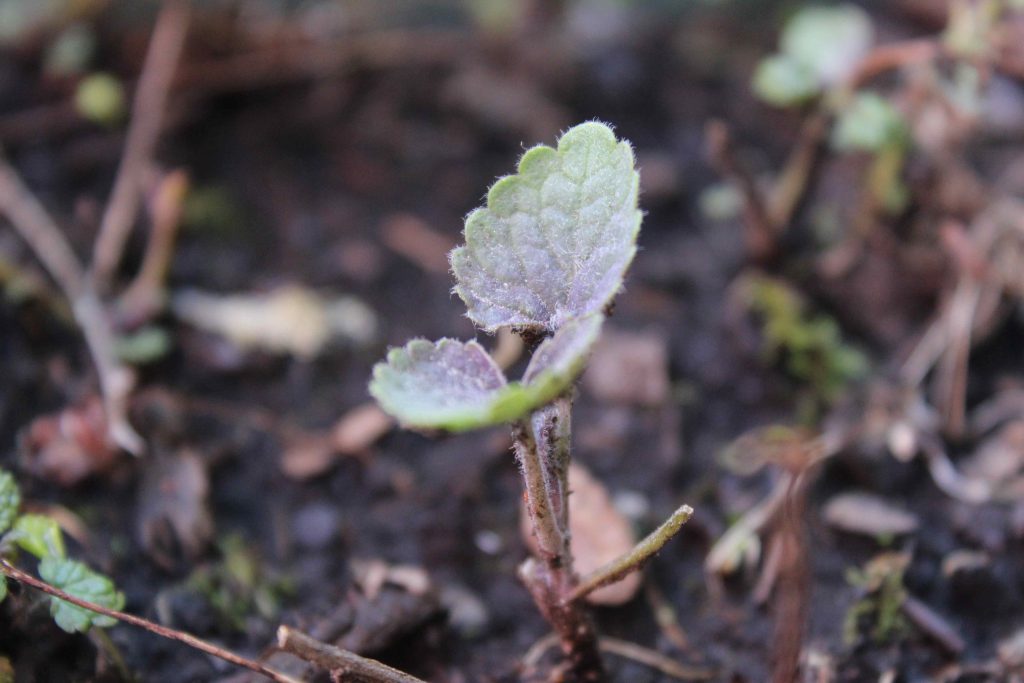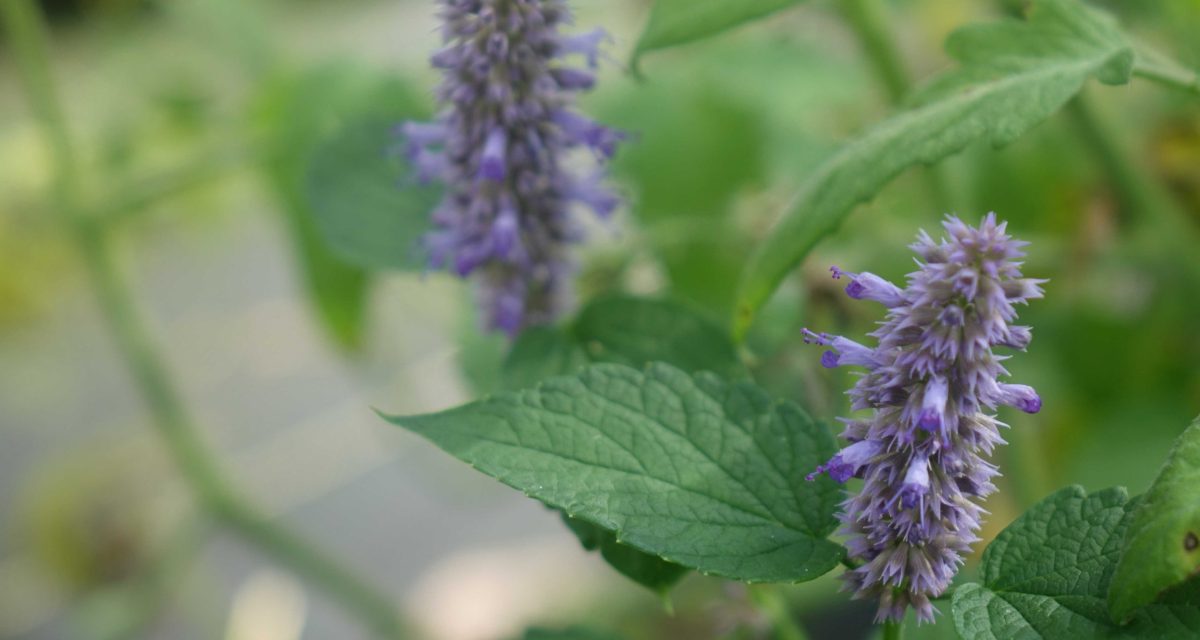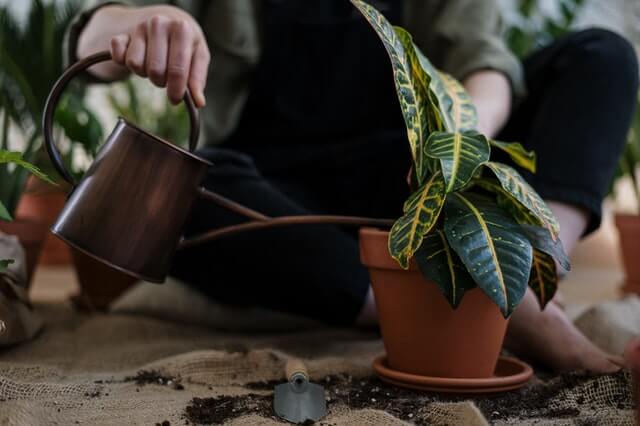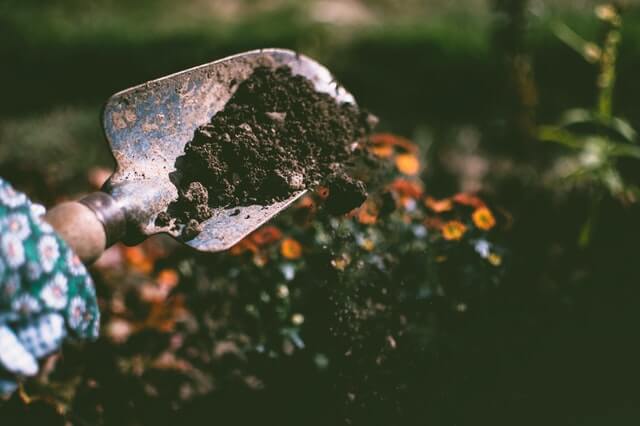Anise Hyssop
Perennial herb with a a gentle licorice taste
Nutritional, Culinary & Medicinal Uses

Culinary: One can make tea to benefit digestion. To do so, steep 2-3 tablespoons of harvested leaves in two cups of boiled water for five minutes first. One can also add one tablespoon of leaves and flowers or honey. It can be added to baked goods, and it can be added to salads. [4]
Medicinal Uses: Anise hyssop is a respiratory remedy for coughs, colds, sore throats, and even flu. In such a capacity it is best taken in the tea mentioned above. It is antibacterial, antiviral, and antifungal. It further has anti-inflammatory properties. One can make a wash from anise hyssop for rashes or itches, including from poison ivy, or for herpes sores. It also has digestive support. It is a soother for burned skin; it facilitates digestion. It can also soothe sore muscles when added to a bath. The tea helps open up the lungs, helping colds, flu, and congestion. The infusion soothes poison ivy itches. Daily soaking in anise hyssop water helps fungal infections like athlete’s foot. [2]
Anise Hyssop is known to help with gastrointestinal functional disorders, respiratory diseases, and inflammation in the urinary tract. It has been found to be antimicrobial and antioxidant as well.
Dried hyssop leaves can be used to aid in the healing of cough, wounds, diarrhea, and fevers. [3]
How to Cultivate and Harvest
Planting: Plant anise hyssop after the last frost in full sun. Plant it in fertile and well-drained soil, but heavy soil can lead to root rot. The pH should be around 7.0. Water the plant weekly, and stop once the plants are established as they are drought tolerant. They should be planted at a dept of ¼ to ½ inch. Plant them 1 to 3/2 feet apart. Keep the plants in check as they can become invasive. [5]
Harvesting: Cut the leaves starting from the bottom of the plant, preferably in the morning. Cut 4-5 inches from the base of the plant. [5]

Preservation

Dry the leaves by hanging them upside down in bunches in a ventilated, warm place in shade until they are dry. One can also, as we did, simply dehydrate them in a dehydrator. Put them in an airtight container for storage. One can collect seeds (although it does self-sow), divide the plant clumps, or start new plants from cuttings (dip the tips in rooting hormone). [6]
History
Historically, anise hyssop is from North America, tracing its roots back to Cree, Cheyenne, and Ojibwa sources and perhaps other tribes. It was used for application to burns or external application for fever. [1]

References
1. “Anise Hyssop,” Roots of Medicine. University of Iowa, https://dsps.lib.uiowa.edu/roots/anise-hyssop/
2. Lost Book of Herbal Remedies
3. “Anise Hyssop Agastache foeniculum Increases Lifespan, Stress Resistance, and Metabolism by Affecting Free Radical Processes in Drosophila” Frontiers in Physiology, https://www.ncbi.nlm.nih.gov/pmc/articles/PMC7772399/#:~:text=The%20dried%20leaves%20can%20be,fevers%2C%20wounds%2C%20and%20diarrhea.
4. Abramson, Winnie, “Anise Hyssop Uses & Recipe Ideas,” Healthy Green Kitchen, https://www.healthygreenkitchen.com/anise-hyssop/
5. Heath, Sienna, “How to Grow and Care for Anise Hyssop,” https://www.thespruce.com/anise-hyssop-plant-profile-5118429
6. Albert, Stephen, “How to Plant, Grow, and Harvest Anise Hyssop,” https://harvesttotable.com/how-to-grow-anise-hyssop/
Why Choose Us
Let us now emphasize on the main benefits that customers will get by your company.
Fastest Work
An attractive line about the heading above.
High Skill
An attractive line about the heading above.
Clean Work
An attractive line about the heading above.
Proper Take Care
An attractive line about the heading above.
Let's Bring Nature Into Your Lovely House
Use these paragraphs to focus on the topic in the headline. Make sure you keep it short and attractive.

